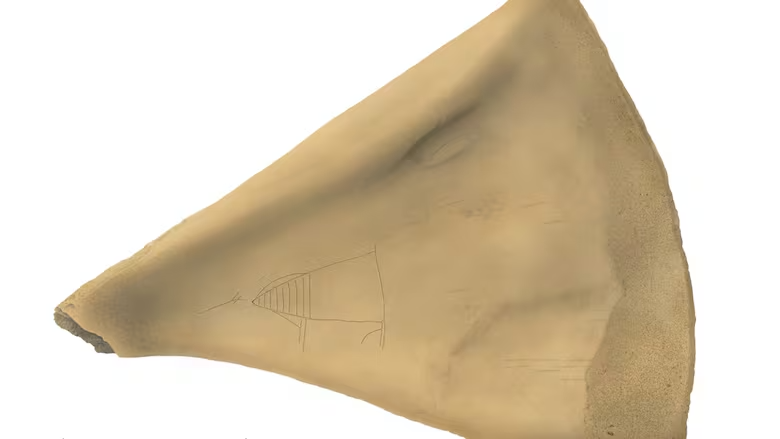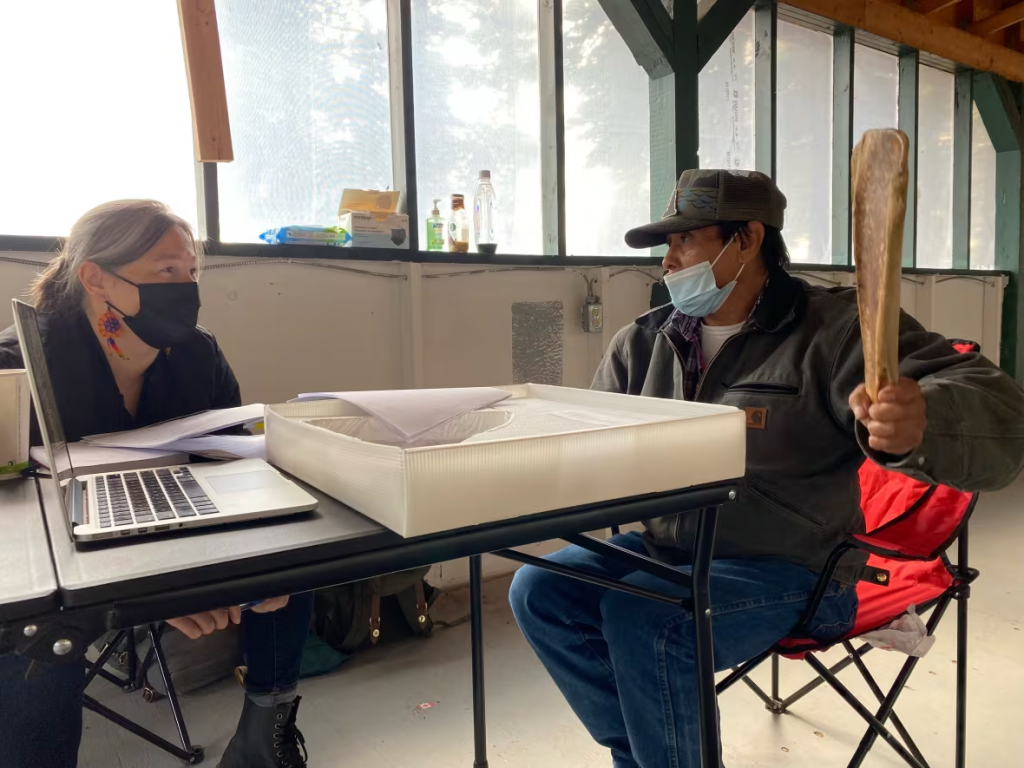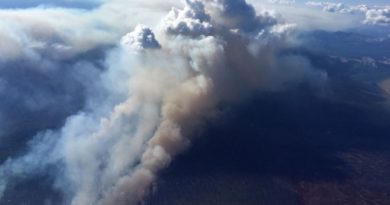Fort Selkirk, Yukon moose scapula sheds light on First Nations hunting practices

A recent paper highlights the artifact’s physical and spiritual uses
Nearly 20 years ago, anthropologist Victoria Castillo and her team of Selkirk First Nation youth found a unique artifact in Fort Selkirk, Yukon that has since shed light on 19th century Northern Tutchone hunting practices.
During an archeological excavation of the site in 2006, Castillo — a professor of Anthropology at Yukon University — and the team found a moose scapula from 1848. An etching on the bone’s surface made it a particularly rare find.
“We noticed that there was this incredible etching of a—some kind of ungulate with an arrow coming towards its head,” Castillo said.
Since its discovery, the scapula has been kept at the Yukon government’s heritage branch, but Castillo wanted to know more about the unusual bone.
“I’ve always kind of been thinking about this scapula because we were trying to think like, ‘What could this have been used for?'” she said.
Years later, Castillo decided to look into the scapula further, which led her to the late Roger Alfred, a Selkirk First Nation elder, who shared his knowledge of the scapula’s traditional uses and construction. Her conversations with Alfred are detailed in her most recent paper, published in the journal Ethnohistory, about First Nations hunting practices in the region during the mid-19th century.

Alfred shared that moose scapulas were typically used to call moose, but the etching indicated this one may have had a second purpose. He believed the etching, which reminded him of cave rock art he had seen in the Yukon, was used by a healer as a form of divination.
“It’s a form of drawing to call an animal to you in a spiritual way, or through divination to figure out where the animal is so that you can tell the hunter where to go find the animal,” Castillo said.
“It’s definitely a one-of-a-kind object, not just in the Yukon but in northern North America,” she said.
Patrick McGinty, Selkirk First Nation’s heritage manager, says moose scapula are still used in the community today.
“I understand that the use of the scapulas—it’s very significant, practically to our people. And I know for a fact that there are families including mine that continue to use this traditional method to hunt,” he said.
“We’ve tried multiple modern ways of calling bull moose, and so far, I feel like the scapula is the best way.”
Though using a moose scapula is common, McGinty said, he’s never seen one quite like this one.
“This is the first time I’ve ever seen any kind of carving or etching on a scapula of this kind of significance,” he said.
Related stories from around the North:
Canada: Illegal hunting of caribou herds along Northwest Territories winter roads running rampant, CBC
Finland: Finland slashes bear hunting quota by one third, 20 fewer permits in North, Yle News



